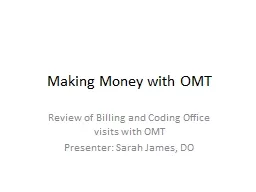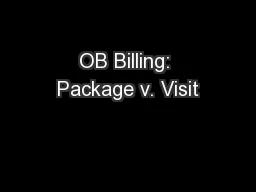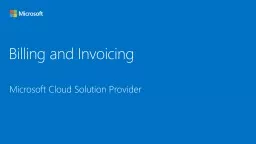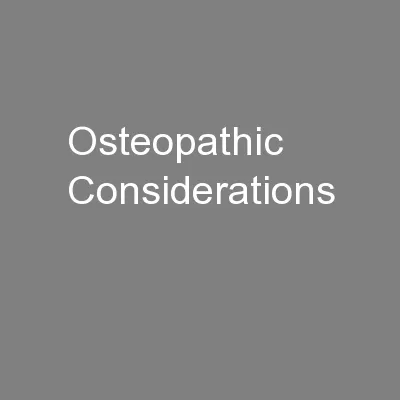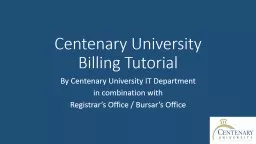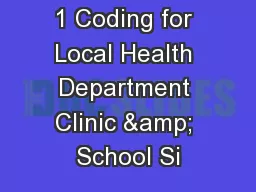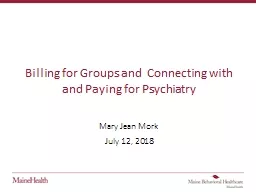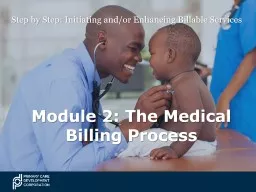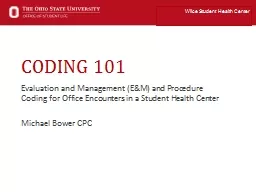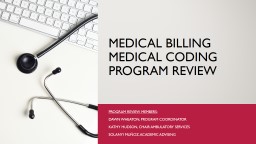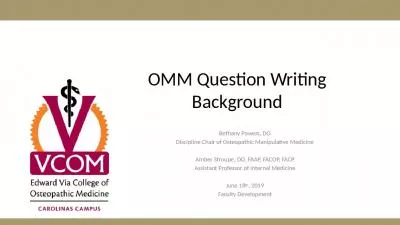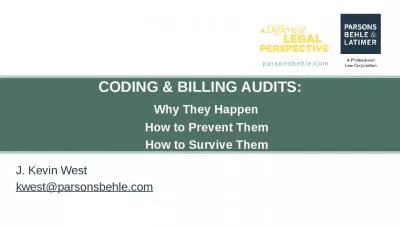PPT-Making Money with OMT Review of Billing and Coding Office visits with OMT
Author : celsa-spraggs | Published Date : 2018-11-03
Presenter Sarah James DO D isclosures I have no corporate or pharmaceutical sponsorship Objectives Review general guidelines for documentation billing and coding
Presentation Embed Code
Download Presentation
Download Presentation The PPT/PDF document "Making Money with OMT Review of Billing ..." is the property of its rightful owner. Permission is granted to download and print the materials on this website for personal, non-commercial use only, and to display it on your personal computer provided you do not modify the materials and that you retain all copyright notices contained in the materials. By downloading content from our website, you accept the terms of this agreement.
Making Money with OMT Review of Billing and Coding Office visits with OMT: Transcript
Download Rules Of Document
"Making Money with OMT Review of Billing and Coding Office visits with OMT"The content belongs to its owner. You may download and print it for personal use, without modification, and keep all copyright notices. By downloading, you agree to these terms.
Related Documents

